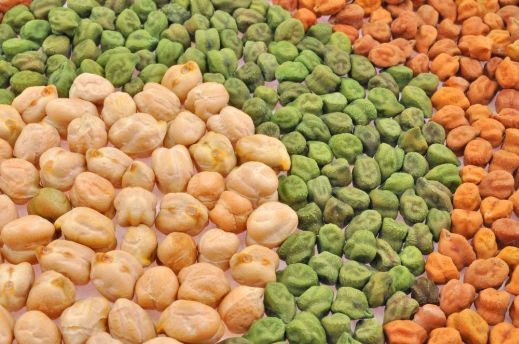Pod borer in Gram (Chickpea): –Pod borer is a pest that causes heavy damage to chickpea. In fact, this pest is reported to have caused yield loss up to 21%. The pest is reported to cause about 50 to 60% damage to the chick pods. Apart from chickpea the pest also attacks pigeon pea, sunflower, cotton, chilli, sorghum, groundnut, tomato and other agricultural and horticultural crops. It is a devastating pest that attacks pulses and oilseeds.
Infestation: The infestation starts usually a fortnight after germination and becomes serious just after the initiation of flower bud coupled with cloudy and humid weather. Female lay several small white eggs. Upon hatching in 3-4 days the caterpillars feed on the leaves for a short time and subsequently attack the pods. A full-grown caterpillar is about 34 mm long, greenish to brownish in colour with scattered, short, white hair and buries itself in the soil to make an earthen cell inside which it pupates. The life cycle is completed in about 30-45 days. The pest completes eight generations in a year.
Management:- It is advised to plough in summer to expose the hidden stages of the pest to natural predators. Application of HaNPV at the rate of 100 LE per acre along with 0.5 % jaggery and 0.1% boric acid specifically at the egg hatch stage should be done and it should be repeated in 15-20 days. Use of accurate chemicals should comprise 2.00 ml profenophos 50 EC per litre of water. Use of pheromone traps at 4-5 traps/ ha. spraying neem seed kernel extract 5% in the early stage. If the infestation is severe, spraying 0.5 ml Indoxacarb 14.5% SC or 0.1 ml Spinosad 45 SC or 2.5 ml Chlorpyriphos 20 EC can be helpful. Use of 4-5 bird perches to attract birds and sowing bhendi or marigold around the field as trap crops are the most effective way to deal with this pest.
Like and share with other farmers by clicking on button below.
Share



